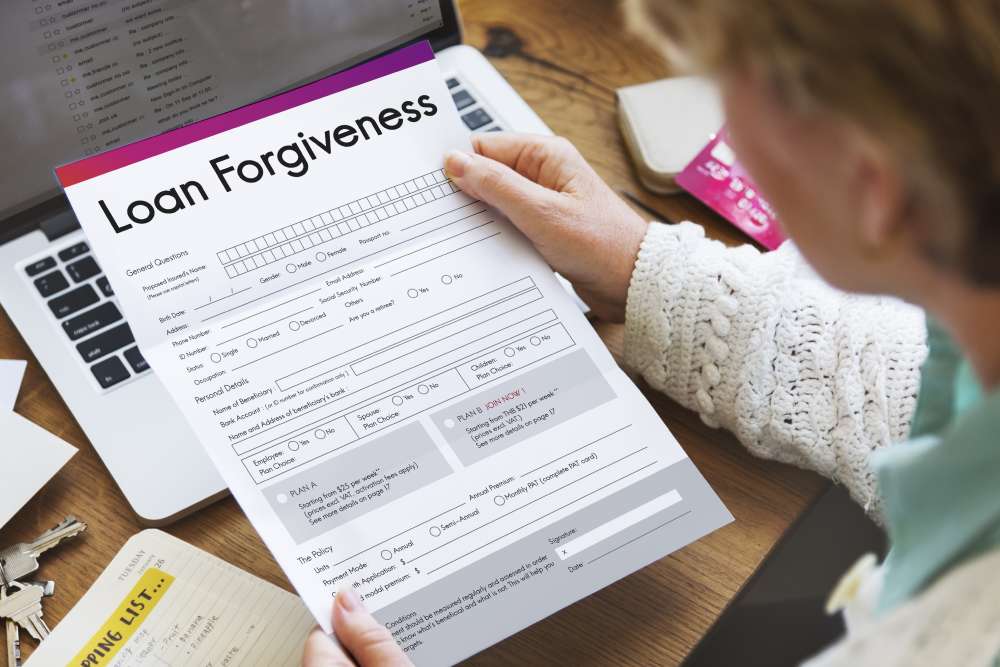Comprehensive Guide to Major Student Loan Forgiveness and Repayment Options
Explore comprehensive student loan forgiveness and repayment programs including PSLF, IBR, and PAYE. Learn about eligibility criteria, benefits, and how to navigate these options to effectively manage and reduce your student debt burden. This detailed guide helps borrowers understand how to maximize federal student loan benefits for financial freedom.

Comprehensive Guide to Major Student Loan Forgiveness and Repayment Options
Managing student debt can be daunting, especially as loan balances grow and repayment becomes more challenging. Fortunately, there are several government-backed programs designed to help borrowers reduce their debt burden through forgiveness or income-driven repayment plans. Understanding these options can significantly impact your financial freedom and future planning. This article provides a detailed overview of the most prominent student loan relief programs, including eligibility criteria, benefits, and how to apply, to help you make informed decisions about your student debt repayment strategy.
Public Service Loan Forgiveness (PSLF)
The Public Service Loan Forgiveness program is one of the most well-known initiatives aimed at alleviating student debt for public service workers. If you are employed in federal, state, or local government agencies, or in non-profit organizations classified under IRS tax-exempt status (501(c)(3)), you may qualify for PSLF. This program offers the chance to have your remaining federal student loan balance forgiven after you make 120 qualifying payments while working full-time in eligible public service roles.
To maximize your benefits under PSLF, it is recommended that you combine it with income-driven repayment plans such as Income-Based Repayment (IBR) or Pay As You Earn (PAYE). These plans adjust your monthly payments according to your income and family size, making payments more affordable. By maintaining consistent employment in a qualifying organization and adhering to the payment schedule, you can ultimately benefit from significant debt relief through PSLF.
Various employment types within public service sectors qualify for PSLF, providing flexibility for borrowers committed to public service careers.
Income-Based Repayment (IBR)
The IBR plan is specifically structured for borrowers facing financial hardships. Rather than a fixed repayment amount, this plan caps your monthly student loan payments at a percentage of your discretionary income, typically 10% or 15%. Payments under IBR are made for a period of 20 or 25 years, after which any remaining balance is forgiven. This approach allows borrowers to manage their debt more comfortably while working towards long-term forgiveness. To determine your estimated monthly payment under IBR, you can use online calculators that factor in your income, family size, and other financial details.
Pay As You Earn (PAYE)
Often referred to as the Obama Student Loan Forgiveness Plan, PAYE offers another flexible repayment avenue. Under this plan, borrowers pay up to 10% of their discretionary income monthly, with payments adjusted annually based on income changes. Like IBR, PAYE provides for loan forgiveness after 20 years of qualifying payments, which can be a significant relief for those with substantial student debt. The primary advantage of PAYE is its lower payment cap, ensuring that debtors aren’t overwhelmed by their monthly obligations, especially in the early years of repayment. Remaining balances after the repayment period are canceled and forgiven, offering a pathway to long-term debt relief.
Understanding and choosing the right repayment plan depends on your employment sector, income level, and long-term financial goals. Borrowers should consult with student loan advisors or utilize official government tools to assess their eligibility for these programs. Additionally, keeping thorough records of payments and employment verification is crucial for successful loan forgiveness applications. With the proper planning, these programs can dramatically reduce the burden of student loans, freeing borrowers to focus on building their financial future.





